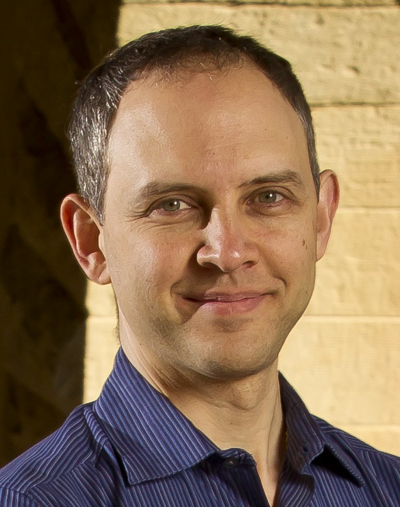Professor:

In class exercise:
My Learning and Teaching Story
When I was a kid a was fortunate enough to have many Lego kits and a father who is an architect. I was always fascinated at how he was able to think of a space in his head, draw it on paper, and the build it. Legos offered me that experience – especially when I moved to their Technique series. I was never interested in playing with Lego as a storytelling arena or a fantasy world environment. I was interested in building the models offered in the instructions in able to learn what specialty pieces I had and then repurpose them into new formats and functions. This thought me enormously about spatial thinking, mechanics, gears, electric motors, and reverse engineering. I clearly remember my mother going nut when I disassembled the TV set just to look at how it was built inside. Without my experience with Legos, I am sure I would never have been able to put the TV back together.
Moving ahead in time, I found myself teaching Lego robotics as an extra curricular activity in high schools. Lego Techniques had advanced into Lego Mindstorm, where you could finally program behavior, use sensors, and outputs. It increased the learning curve for the kids who had to first learn about structure, reinforcement, and forces that acted upon what they were building. Then they had to understand about inputs, outputs, thresholds, activation and deactivation. Finally they had to put it all together into a ‘robot’ and program its behavior. What I learned from this experience was that teaching is the best way to learn. I quickly realized this and suggested to the kids who were further along or finished their own project, to help their neighbor. The class came alive and the projects rapidly moved from frustrations to energetic show and tell.
Notes:
Equity – it is not only about making materials available, it is also about training the teachers well, and most importantly, promote a growth mindset on the students.
Example of 2 day cares in Brazil – both rated equally, funded equally, and with good teachers. The difference was in the socio-economic level of the students. The higher income students were more demanding of the teachers. Lower income students would remain quiet and felt it was not their place to demand for attention or to say that they did not know how to do something.
In class Reading:
Papert, S., & Solomon, C. (1971). “Twenty things to do with a computer.”
“Only inertia and prejudice, not economics or the lack of good educational ideas, stand in the way of providing every child in the wolrd with the kind of expereince of which we have tried to give you some glimpses”, p.40
My ‘new’ ideas:
- Use the LOGO turtle to demonstrate Newtonian physics of mass, speed, friction, and acceleration.
- Use the LOGO turtle along with 2 light sensors to look at a white strip on the floor and have the turtle follow the line on its own.
Discussion:
Should everyone learn how to code or should everyone learn how to use the computer?
Does a product’s ubiquity be a necessity for people to learn what is going on ‘under-the-hood’?
At the time of the paper, there was no internet and the integration of these simulations with learning goals were not explicitly stated.
At the time – the challenge was to teach the teachers on how to use this technology within their curriculum. The eternal problem of Teacher PD (Professional Development).

“Nothing could be more absurd than an experiment where computers are placed in a classroom and nothing else changed.” – Seymour Papert
Painting elephants: guided by their trainer through the elephant’s ear they produce great paintings. But this is similar to our educational system… the students produce results but are they really aware of what they are making?

Categories of technology
- Cost cutting: iPod did it for the music industry
- Making the impossible, possible: Computer graphics, a technology that made it possible to create new movies such as Avatar or the Matrix.
This is going to be a fun class 🙂
Post-It activity: What are learning technologies? How would you categorize them?

Fabrication Lab – looked at laser cutter and rapid prototyping techniques with cardboard, foam core, hot glue and tape.

